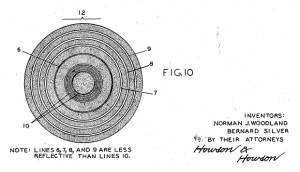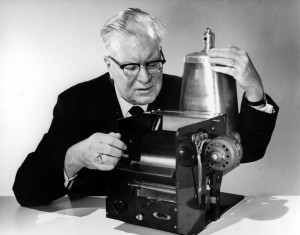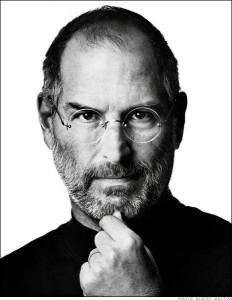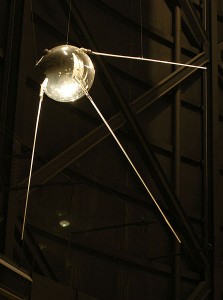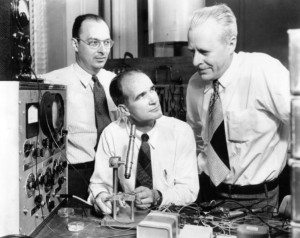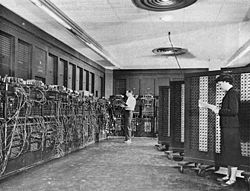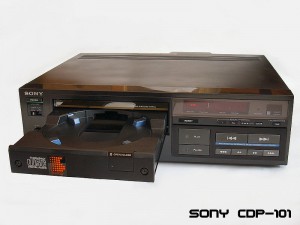Archive for October 2024
Barcode Technology Patented
American inventors Norman Joseph Woodland and Bernard Silver are granted US Patent #2,612,994 for “Classifying Apparatus and Method,” described as “article classification through the medium of identifying patterns.” Of course, today we better know these “identifying patterns” as barcodes. Woodland and Silver eventually sold their patent for only $15,000 but were later inducted into the Inventors Hall of Fame.
Barcodes were first used commercially in 1966 and it rapidly developed that eventually by 1970, there was a requirement to have some sort of industry standard set. A company called Logicon Inc. created the Universal Grocery Products Identification Code or UGPIC for short in order to implement the barcode throughout the retail industry.
Monarch Marking, based in the United States of America, was the first company to produce barcode equipment using UGPIC for retail trade use. British company, Plessey Telecommunications followed suit, creating their equipment later in the same year.
The UGPIC was transformed into UPC, or Universal Product Code symbol set, which is still used in the United States of America. The first piece of equipment using UPC was installed in a Marsh’s supermarket in Ohio and the first product checked out using a barcode was a packet of Wrigley’s Juicy Fruit Chewing Gum on June 26, 1974.
Special thanks to Jonny Rowntree of Elanders UK for sending me the background information for this article!
Photocopying Patented
Chester Carlson is issued a patent on a process called electrophotography, now commonly known as photocopying. It was not until 1946 that a company had any interest in pursuing photocopying commercially. The Haloid Company finally licensed Carlson’s patent and created the word xerography to differentiate the process from traditional photography. Eventually, photocopying became such a large part of the company’s revenue that Haloid changed their name to Xerox.
Steve Jobs Passes Away
After a long battle with pancreatic cancer, technology visionary and founder of Apple Computer, Steve Jobs passes away. Jobs’ contributions to the technology industry are undeniable. Together with Steve Wozniak, Steve Jobs started the personal computer revolution with their Apple II computer. After being forced out of Apple, Jobs went on to found NeXT, Inc. and then purchase Pixar, the company that would redefine the animated motion picture industry. In 1997, Apple purchased NeXT which brought Jobs back to Apple and the technology developed at NeXT was used as the foundation for Apple’s future operating systems, Mac OS X and iOS. By introducing the iPhone and iPad, he ended the PC era he created, kickstarted The New World of Technology and led Apple from the brink of collapse to the most valuable company in the world.
Sputnik Launches the Space Age
The first man-made satellite to orbit the Earth, Sputnik 1, is launched from Baikonur, Kazakhstan, marking what is now considered the beginning of the Space Age. Surprising the world with its successful launch, Sputnik triggered the Space Race between the Soviet Union and United States ushering in an era of rapid advancement in the field of space exploration. After 3 months in orbit, Sputnik reentered the Earth’s atmosphere and burned up on January 4, 1958.
Transistor Patented
AT&T Bell Laboratories researchers John Bardeen, Walter Brattain, and William Shockley receive a US Patent for their invention of the transistor, which they had successfully demonstrated two years earlier. The transistor completely revolutionized the development of electronic and computerized technology.
ENIAC Retired
Considered the world’s first fully electronic computer, after eleven years of continuous service the ENIAC computer was retired from service.

